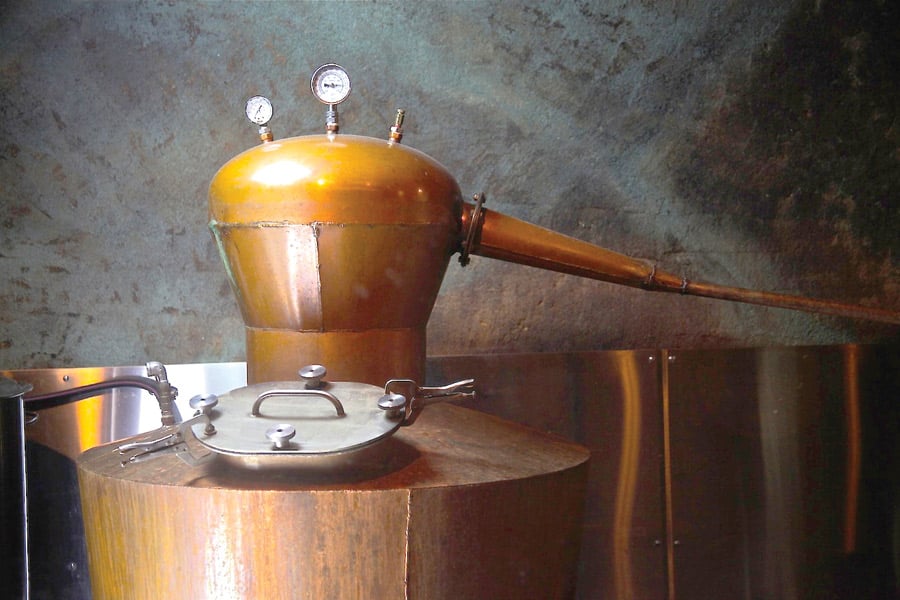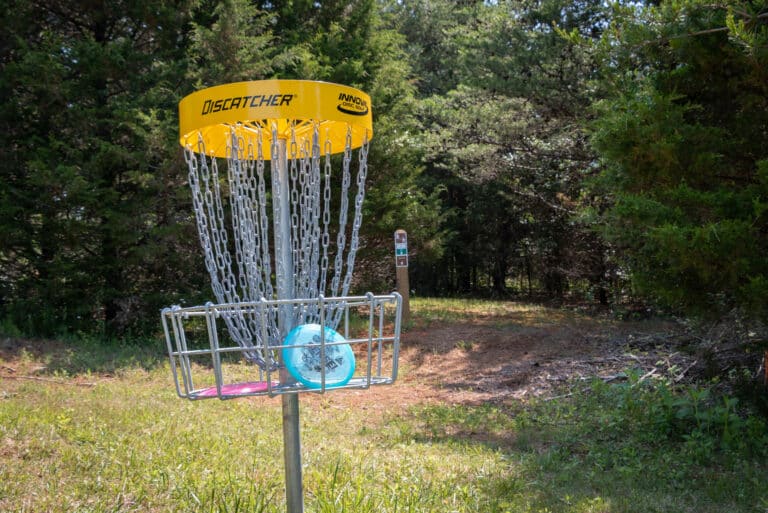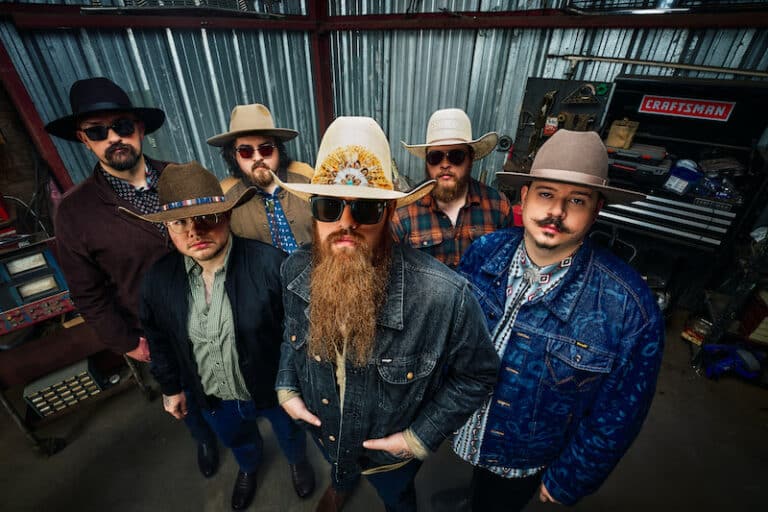The first legit moonshine I ever had was in a mason jar and had a chaga root floating in it, giving the clear liquid a rusty, brown hue. It came from the mountains of West Virginia, and it was so much better than I ever thought moonshine could be. This was before moonshine was decriminalized in 2005. Since then, commercially produced “moonshines” have flooded the shelves, denoting an obvious renaissance in this ancient Appalachian craft. What’s not immediately obvious is that most of those commercially made moonshines are not actually moonshine.
“I was excited when they legalized moonshine and all these different brands hit the market,” said Cody Bradford, whose family has been making moonshine for five generations in Western North Carolina. “But I tasted some of it, and it was basically harsh vodka. It made me sad to think the general public would get their first taste of moonshine, and it wouldn’t be the real thing.”
So Bradford started Howling Moon, a micro distillery in Burnsville, N.C., that makes moonshine in the exact same way that his father and grandfather and great grandfather and great great grandfather have for generations. Bradford is even using a piece of his grandfather’s still in the production.
“It’s the exact same process, the same equipment, the same ingredients [corn and sugar], even the same mountain water that has traditionally been used by my family,” Bradford says.
There’s a lot of lore wrapped up in the history of moonshine. Most of us know moonshine indirectly influenced NASCAR with moonshiners running muscle cars along mountain roads evading the law (think Dukes of Hazzard), but the history is far richer than fast cars and bad ‘80s television. Moonshining was a craft brought to America by Scots-Irish immigrants in the 1700s, who had been distilling whiskey in their homes as early as the 1400s, and retreated to the hills of Ireland in the 1600s when the British levied a tax on the production of all whiskey.
“Those Scots-Irish believed it was their God-given, inalienable right to produce the ‘water of life’ (whiskey),” says Joe Fenton, owner of Dark Corner Distillery in Greenville, S.C. “As soon as they laid their roots down along the Appalachian trail, they began to grow crops to feed their families (corn) and using copper, they crafted small pot stills the same way they did back home. Realizing that corn was a grain similar to barley, they turned the corn into beer and beer into whiskey.”
Families made their own whiskey without much interference from the law until 1791, when George Washington levied a tax on whiskey to pay for debts incurred during the Revolutionary War. The tax prompted an uprising, the Whiskey Rebellion (the first public rebellion in U.S. history), which Washington squelched with the heavy hand of the militia. Many distillers retreated deeper into the mountains and began making moonshine clandestinely, “by the light of the moon.”
Things went more or less undisturbed for families like the Bradfords and the Fentons, who passed their whiskey-making tradition from one generation to the next. Then the spirit was decriminalized, and all of a sudden, the country was inundated with distilleries trying to pass subpar liquor off as moonshine.
“The marketplace is completely confused and brainwashed about moonshine,” Fenton says. “There are no solid regulations around what can and can’t be classified as moonshine, so most of the moonshines you see today are nothing like what was produced in the early days of Appalachian settlers.”
The biggest difference between what traditionalists like Howling Moon and Dark Corner produce and what the new breed of distilleries are producing lies in the process.
Most moonshine on the market today is actually a “grain neutral spirit,” which is essentially vodka. It’s been distilled to a super high proof, which renders the spirit tasteless. Traditional moonshine, on the other hand, is distilled at a lower proof so it retains the flavor of the grain.
“Their way is faster and cheaper,” Bradford says. “But our way produces a nice sipping whiskey. You can tell exactly what I put into each batch.”








